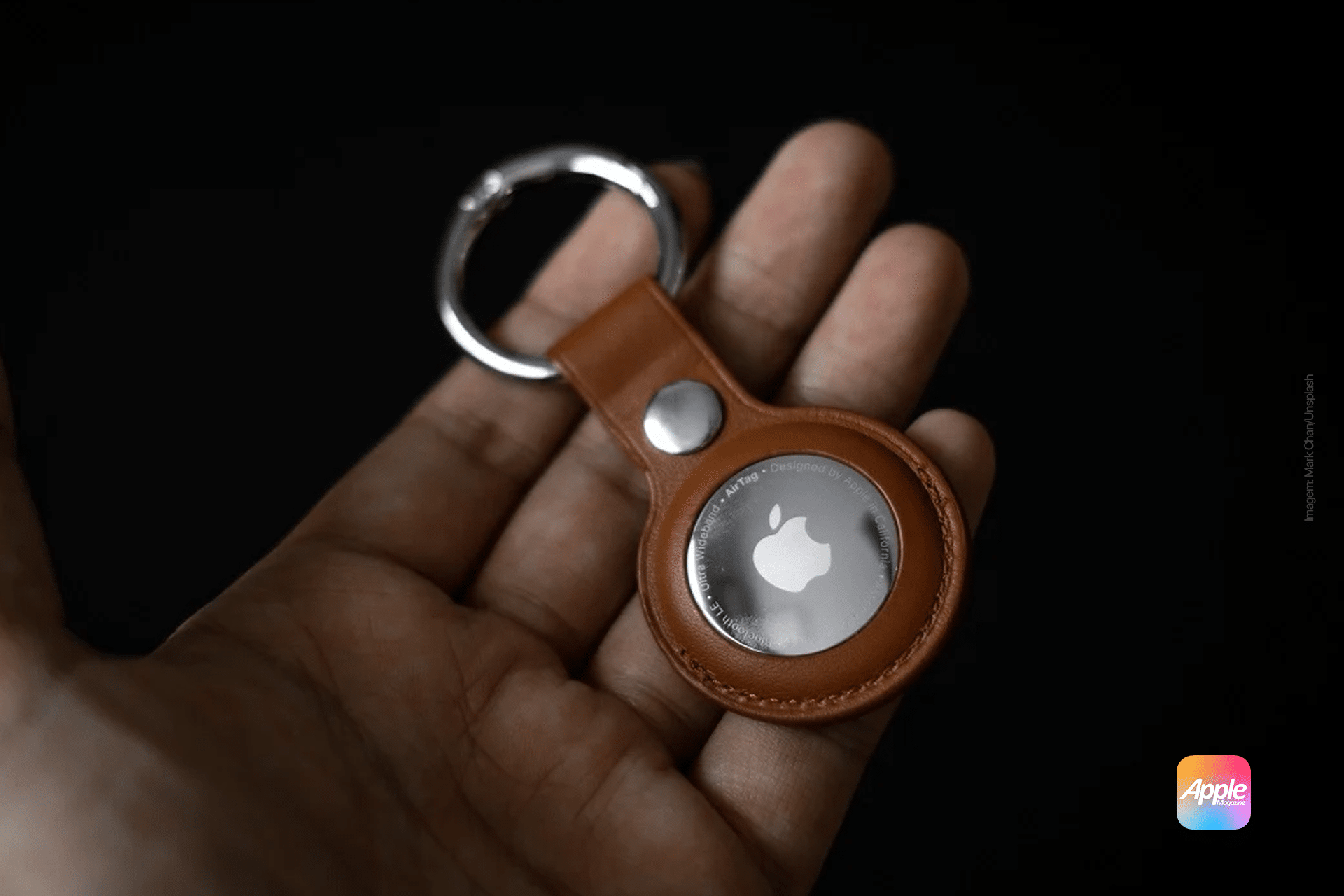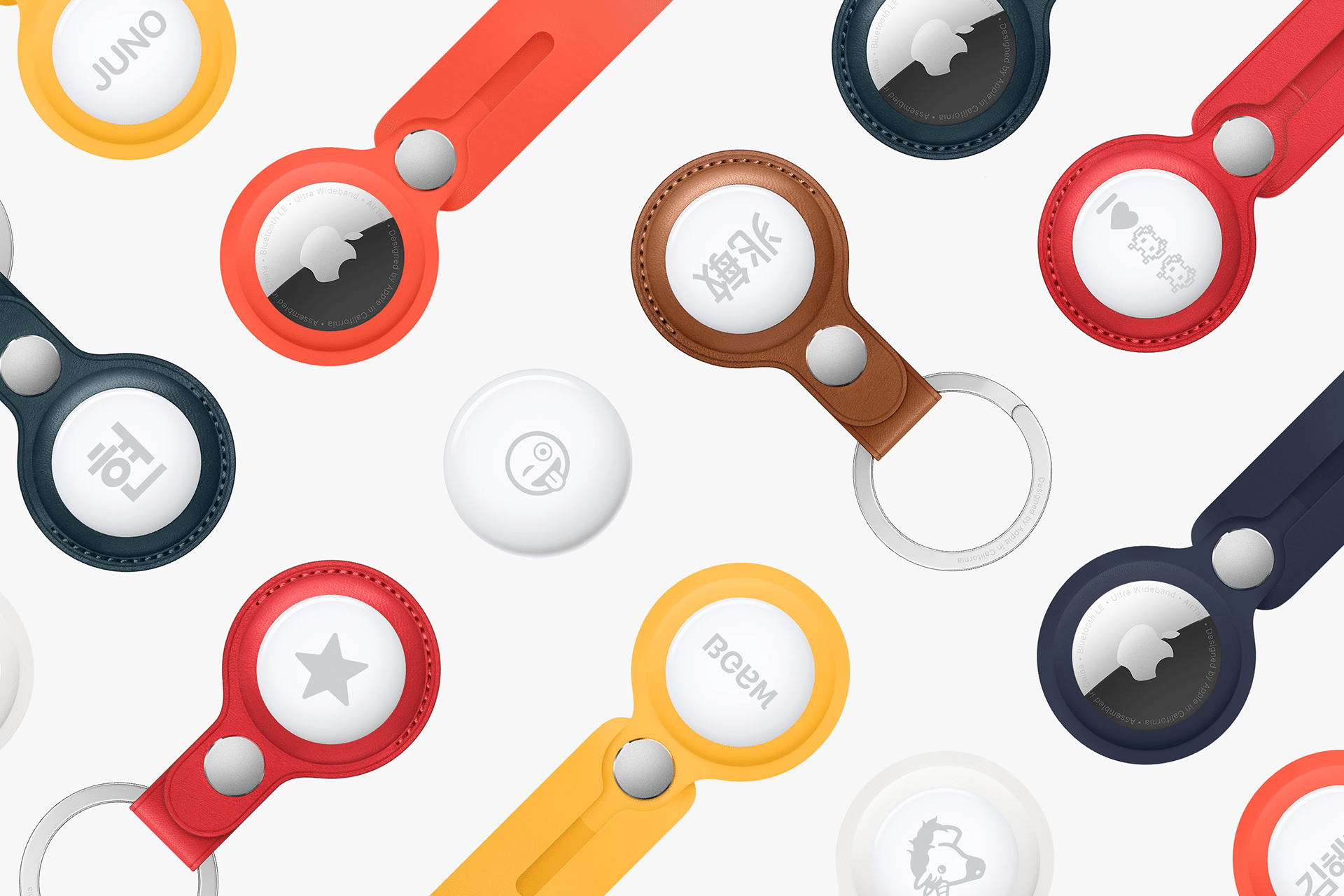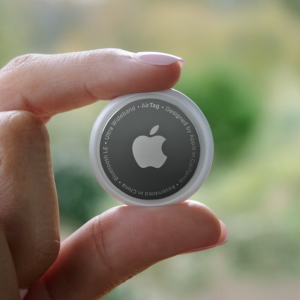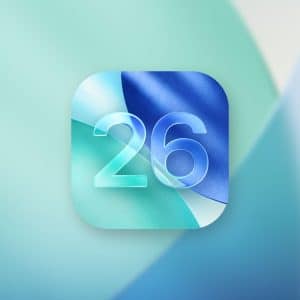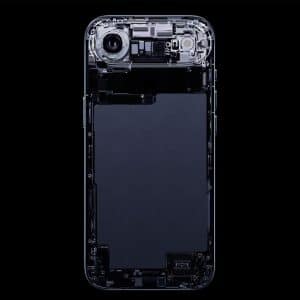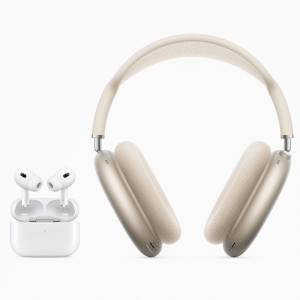The standout upgrade for AirTag 2 is the inclusion of a second-generation Ultra Wideband (UWB) chip, first introduced in the iPhone 15 lineup. This chip promises to triple the tracking range of the current AirTag, extending Precision Finding capabilities from about 100 feet to an impressive 300 feet. For users, this means locating a lost item—like a backpack left across a busy airport terminal—will be faster and more precise. The improved UWB chip leverages the same technology that enables features like Precision Finding for People on recent iPhones, offering directional guidance to pinpoint your item’s exact location. This upgrade could make AirTag 2 a game-changer for those who rely on it in crowded or expansive environments.
Tackling Privacy Concerns Head-On
AirTag’s discreet design has made it a powerful tool, but it has also raised privacy concerns, with reports of the device being misused for stalking. Apple has taken steps to address this through software updates, such as notifications for unrecognized AirTags traveling with users. AirTag 2 takes this further by making the built-in speaker harder to remove or disable. Currently, some individuals have modified AirTags to silence the speaker, making unauthorized tracking harder to detect. By reinforcing the speaker’s design, Apple aims to ensure that alerts remain audible, helping users identify unwanted trackers more easily. This change reflects a commitment to balancing utility with user safety, addressing one of the original AirTag’s most significant criticisms.
Vision Pro Integration: A Glimpse into the Future
Rumors suggest AirTag 2 will feature enhanced integration with Apple’s Vision Pro, the company’s mixed-reality headset. While specifics remain scarce, this could involve leveraging the UWB chip for spatial computing applications, such as tracking items in a virtual or augmented reality environment. Imagine using Vision Pro to visualize the precise location of a misplaced item in your home, with on-screen cues guiding you to it. This feature, though potentially niche at launch, hints at Apple’s broader ambitions to weave its ecosystem into emerging technologies, making AirTag 2 a forward-looking addition to its lineup.
Design Stays Familiar, with Subtle Tweaks
Don’t expect a dramatic overhaul in appearance—AirTag 2 is likely to retain the compact, circular design of its predecessor. The current AirTag’s small size makes it versatile for attaching to keys, slipping into wallets, or tucking into bags, and Apple seems intent on preserving this form factor. However, some users have expressed a desire for a thinner design or a built-in keyhole to eliminate the need for additional accessories. While no confirmed reports indicate these changes, Apple may refine the design to address practical concerns, such as improving battery access safety to prevent tampering or accidental ingestion by children. The AirTag 2 will continue to use a replaceable CR2032 battery, maintaining the convenience of long-lasting power without the need for frequent recharging.
Launch Timing and Market Context
Originally expected in May or June, AirTag 2’s release has been pushed to later this year, with a likely debut alongside the iPhone 17 lineup in September. This timing aligns with Apple’s major fall event, where it typically unveils flagship products. A press release announcement is also possible, given the AirTag’s accessory status. The delay may stem from Apple’s efforts to clear existing inventory of the original AirTag, which is currently available at discounted prices—$64.99 for a four-pack, or about $16 per unit. This strategic move suggests Apple is paving the way for AirTag 2 to take center stage, appealing to both new users and those looking to upgrade.
Why It Matters for Users
For the millions who rely on AirTags to keep track of their belongings, AirTag 2 promises practical improvements that enhance everyday convenience. The extended tracking range will make it easier to recover items in challenging scenarios, from sprawling outdoor events to cluttered households. The bolstered anti-stalking measures address a critical ethical concern, ensuring the device remains a tool for good rather than misuse. While the Vision Pro integration may appeal to a smaller audience, it underscores Apple’s vision for a connected ecosystem where devices work seamlessly together. For those who haven’t yet adopted AirTags, the upgraded features could make AirTag 2 the perfect entry point into Apple’s tracking technology.
Looking Ahead
AirTag 2 may not steal the spotlight like a new iPhone or MacBook, but its upgrades reflect Apple’s knack for refining even its smallest products to deliver meaningful value. The combination of a longer tracking range, enhanced privacy features, and potential spatial computing integration positions AirTag 2 as a compelling update for tech enthusiasts and casual users alike. As Apple prepares for its fall product launches, all eyes will be on how AirTag 2 fits into its broader ecosystem, offering a smarter, safer way to keep track of what matters most.
